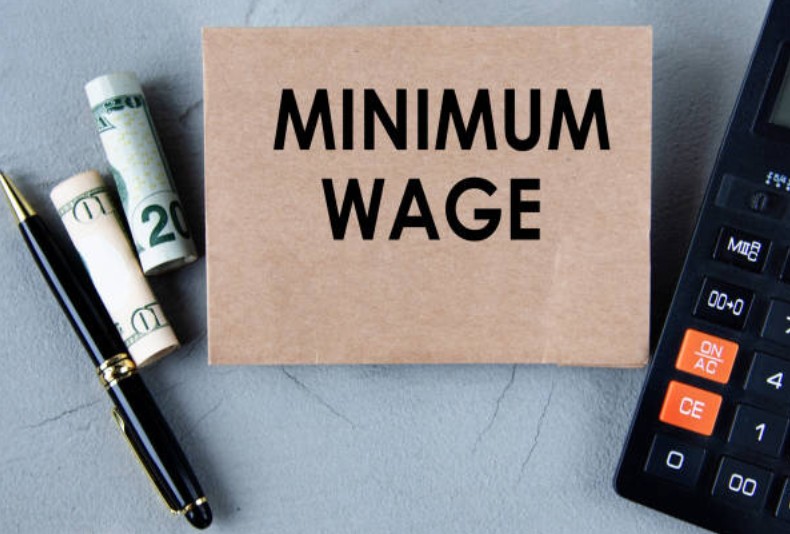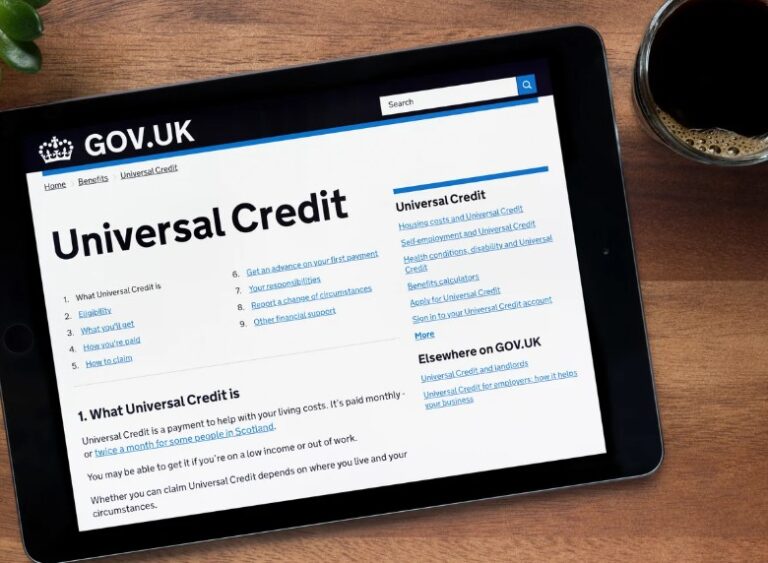NatWest Buy to Let Mortgage Lending Criteria: A Real-World Guide for UK Landlords
Whether you’re a seasoned landlord expanding your property portfolio or a small business owner exploring real estate as a passive income stream, one of the biggest hurdles you’ll face is financing. Buy to let mortgages are essential tools for UK property investors, and when it comes to high street lenders, NatWest is a name that frequently comes up.
But understanding NatWest buy to let mortgage lending criteria is crucial before making any commitments. If you’re searching for straight-talking advice and real stories to help you make an informed decision, you’ve come to the right place.
In this guide, we’ll break down NatWest’s lending rules in plain English, highlight common mistakes and share stories from real people who’ve navigated the process successfully and otherwise.
Why Choose NatWest for a Buy to Let Mortgage?
NatWest is one of the UK’s largest and most reputable lenders, offering a range of mortgage products that appeal to both individual landlords and limited company investors.
The key reasons people turn to NatWest for buy to let financing include:
- Competitive fixed and tracker rate deals
- Strong digital mortgage application platform
- Dedicated products for both standard and portfolio landlords
- Reliable underwriting processes and transparent lending criteria
However, unlike some challenger banks and specialist BTL lenders, NatWest takes a relatively cautious approach to buy to let lending. That means clear guidelines, detailed affordability checks, and strict adherence to income and property requirements.
NatWest Buy to Let Mortgage Lending Criteria: Core Requirements in 2025
Let’s walk through the main areas that NatWest will assess when you apply for a buy to let mortgage:
1. Minimum Income Requirement

To be eligible, you must meet the following income rules:
- A minimum personal (non-rental) income of £25,000 per year
- For joint applications, at least one applicant must meet this threshold
- Rental income alone does not satisfy this requirement
This criterion often trips up freelancers, self-employed professionals, or new landlords who rely primarily on rental projections or business dividends.
Case Study: Amy from Manchester
Amy runs an online e-commerce store that generates decent revenue, but after expenses and deductions, her declared income on paper was just under £24,000. Despite owning two debt-free properties generating over £1,400 a month in rental income, NatWest initially declined her application. She consulted her accountant and restructured how her earnings were declared, raising her taxable income above the threshold. Three months later, her application was approved with a 5-year fixed rate.
2. Property Value and Minimum Loan Size
- Minimum property value: £50,000
- Minimum loan amount: £25,001
- Maximum loan-to-value (LTV): 75%
So, if you’re buying a property valued at £200,000, you’d need to contribute at least £50,000 as a deposit. Lower LTVs typically result in better interest rates, which is worth bearing in mind if you have more capital to put down.
NatWest also requires the property to be in a “lettable” condition. That means no derelict properties, major refurb projects, or flats with significant issues like cladding or short leases.
3. Rental Income Stress Testing
Perhaps the most technical part of NatWest’s lending criteria is the rental income “stress test.” This is designed to ensure the property generates enough rental income to cover the mortgage, now and in the future, even if interest rates rise.
The standard test requires the projected monthly rent to cover 125% to 145% of the mortgage payments, calculated using a notional interest rate of around 5.5%, regardless of the actual mortgage rate offered.
Example Scenario: Dave and Sarah from Sheffield
They planned to buy a three-bed semi and expected a rent of £900 per month. However, NatWest calculated their affordability using a stress rate of 5.5%, requiring the rental income to be at least £990. To resolve this, they obtained a formal rental estimate from a letting agent confirming £1,050 as the achievable market rent, which satisfied the lender’s affordability model.
4. Applicant Age and Mortgage Terms

- Minimum age at application: 21 years old
- Maximum age at end of term: 80 years old
- Maximum mortgage term: 35 years
This means a 50-year-old applicant could still apply for the full 30-35 year term, depending on their retirement age and long-term income sustainability.
For older applicants or those nearing retirement, NatWest may require proof of pension income or an exit strategy for repaying the loan, especially for interest-only deals.
5. Number of Buy to Let Properties Owned
NatWest separates landlords into two categories:
- Standard BTL Landlord: 1–3 mortgaged buy to let properties
- Portfolio Landlord: 4 or more mortgaged BTLs
For portfolio landlords, the underwriting process becomes more rigorous. NatWest will assess:
- The rental income and mortgage commitments across the entire portfolio
- The average LTV across all properties
- Whether each property is generating positive cash flow
This can make it harder for large-scale investors to access NatWest deals unless their existing portfolio is stable and performing well.
Note: NatWest does not currently offer BTL products for HMO (House in Multiple Occupation) properties or short-term holiday lets, which may limit suitability for some investors.
Acceptable Tenancy Agreements

NatWest only accepts Assured Shorthold Tenancy (AST) agreements or similar standard rental contracts. Holiday lets, serviced accommodation, and informal family arrangements are not eligible under their BTL lending rules.
If your investment strategy involves Airbnb or serviced accommodation, you’ll need to seek out specialist lenders who cater to those types of properties.
What Kind of Properties Does NatWest Accept?
NatWest will generally lend on:
- Freehold houses
- Leasehold flats (with lease terms over 70 years)
- Purpose-built or converted flats, if in acceptable condition
- New builds (with developer guarantees)
However, they tend to avoid:
- Properties under 30 square metres
- Flats in high-rise blocks (depending on building and cladding issues)
- Properties above commercial premises
- Student lets and HMOs
Always check in advance with a broker or NatWest adviser to ensure your chosen property type qualifies.
How to Boost Your Chances of Approval?
To strengthen your application and avoid delays or rejection, consider the following tips:
- Provide accurate and consistent documentation—especially if self-employed
- Ensure your credit score is clean and check your report before applying
- Submit SA302s and tax year overviews if you’re self-employed
- Have a formal rental appraisal prepared
- Use a broker familiar with NatWest’s criteria, particularly if applying as a portfolio landlord
Should You Apply in Your Own Name or Through a Limited Company?
While NatWest does allow some limited company buy to let applications, the criteria are narrower and typically reserved for experienced landlords with existing portfolios. Limited company applications often involve:
- Higher interest rates
- Larger deposits
- More complex underwriting
For new or part-time landlords, applying in your own name may be simpler—especially if you’re within the 20% or 40% income tax bracket and not yet concerned with corporation tax efficiency.
Final Thoughts: Is NatWest a Good Fit for Your Buy to Let Strategy?
NatWest offers a trusted, mainstream route into property investment with reasonable rates and a stable reputation. However, they’re not the most flexible lender on the market. Their focus is on security, affordability, and transparency, and if you’re well-organised, with a solid income and property plan, they can be a great option.
But if your situation is more complex—like relying heavily on rental income, wanting to invest in HMOs, or using a limited company—then NatWest may not be your best bet.
The key is to understand their criteria early and prepare accordingly. A good mortgage broker can be your greatest asset here, helping package your application in a way that meets NatWest’s expectations.







